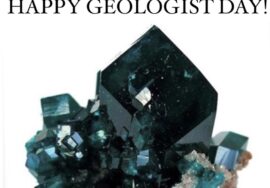
Amethyst
Amethyst is a type of quartz and belongs to earth silicon. Its composition contains impurities of elements such as iron, manganese, and cobalt.
Most often, the mineral grows in rocks on an opaque gray substrate. In nature, the stone is found in the form of separate crystalline transparent or subtransparent formations that have a diamond-shaped elongated shape.
The main attraction of the stone is its bright purple color. In terms of color saturation, the mineral is found from very pale to dark, almost black. The most effective color is revealed in natural light, which emphasizes both the depth of the shade and the shine.
Mineralogists explain the origin of the unique purple color of Amethyst in different ways. It is believed that cobalt, manganese and iron contained in the stone gives purple. Others see the reason in the presence of organic coloring pigments. Some are inclined to believe that the reason for the color lies in violations of the crystal base of the gem and in the presence of iron ions.
Under the influence of sunlight, the mineral burns out and loses its color intensity. If you heat the stone to 200 degrees, it begins to change its color from yellow to greenish and completely colorless. As it cools, the Amethyst regains its original color. For every 25 years of its life, the mineral loses about 20% of its color intensity.
Application: The valuable semi-precious stone, widely used in jewelry and as a material for artistic carving. Beautifully colored purple-red and purple samples are highly valued and used in expensive jewelry together with diamonds and emeralds. During processing the amethyst is given the diamond, stepped and fancy cut, it is cabochoned. Beautiful natural specimens are popular among collectors.












